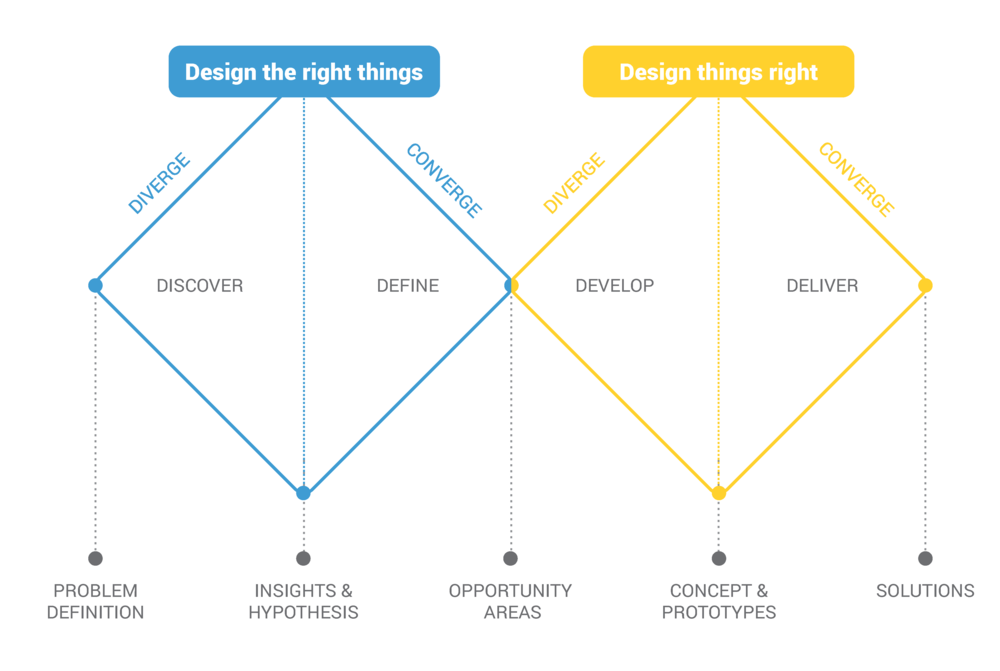EpiHacks bring together diverse stakeholders to address complex public health problems. These issues require the collaboration of experts in epidemiology and public health, software and technology, and design and communications. Below we briefly describe the roles that these type of stakeholders play and identify some key terms associated with these fields.
What is epidemiology?
Epidemiology is the scientific method used by "disease detectives” – or epidemiologists - to get to the root of a public health problem affecting a certain population. This might be investigating the source of a foodborne disease outbreak, identifying what communities to vaccinate in order to control an epidemic, or tracing the source of contaminated drinking water. Epidemiologists use a combination of social sciences, statistics, and biology to take actions that improve health for the population.
Epidemiologists can be found working in local or national government public health agencies, with global health NGOs, or working in universities conducting research. Epidemiologists are public health professionals who investigate causes of disease, identify people who are at risk, determine how to control or stop the spread, or prevent it from happening again. While epidemiology is a big field, EpiHacks usually engage public health professionals with infectious disease expertise – in both human and animal populations. Nearly 75% of the emerging infections that we find in humans originate in animals, so the need for a One Health approach is critical. You can find more about One Health from the UC Davis website here.
Additional information on the field of epidemiology can be found at the U.S. Centers for Disease Control and Prevention website: Public Health 101 – Introduction to Epidemiology
How does technology contribute to public health?
In order to detect public health threats, identify who is at risk, and design the right solutions, public health professionals need information. In the 21st century that increasingly means data collected through digital systems in laboratories and hospitals, as well as sources like SMS messaging, smartphone apps, and websites. EpiHacks help epidemiologists and other health professionals to design new technologies and systems to improve data collection and analysis processes, and in turn allow for better, faster decision making.

EpiHack Sri Lanka 2017: Idea Sketch on how reporter(s) can use mobile application to report and send messeages.
xIn one instance this might be developing a mobile phone system to collect data from rural villages that have limited access to healthcare so that early signs of an outbreak can be reported. In another example health officials at a Ministry of Health may require a digital dashboard that shows them key data sources and indicators so they can quickly make decisions about how to allocate staff and medical supplies. To create these kind of tools requires software developers and other technology experts working alongside epidemiologists. EpiHacks usually include both “front-end” developers (who focus on the user interfaces and web design) and “back-end” developers (who are skilled with servers and databases). Some participants, who have skills in both front- and back-end software, are referred to as “full-stack” developers.
What is design thinking?
With each EpiHack we employ the use of design and “design thinking” to ensure that we develop technology solutions that meet the needs of users, address the challenges being faced, and are suitable and sustainable for the organization(s) who will use them.
Design thinking is an approach to innovation that draws from the designer's toolkit to integrate the needs of people; the possibilities of technology; and the requirements for business success. Design thinking, skills, and practices should be thought of as being appropriate to all disciplines including design. Design, itself, is a craft of deep specialized skills comprised of visual design; interaction or user experience design; user research; etc. Each of these design specialties needs to know and practice its own specialized craft while also knowing and practicing design thinking. In addition to delivering measurable clinical outcomes, design thinking can also benefit global health practitioners by increasing the likelihood that solutions appeal to users and are viable within resource-constrained environments.
Design for Health offers a wide array of information and resources for applying design thinking to global health. Please visit their website to explore these topics further.
 Photo Credit: Design for Health. Bill & Melinda Gates Foundation. USAID Center for Innovation and Impact.
Photo Credit: Design for Health. Bill & Melinda Gates Foundation. USAID Center for Innovation and Impact.
